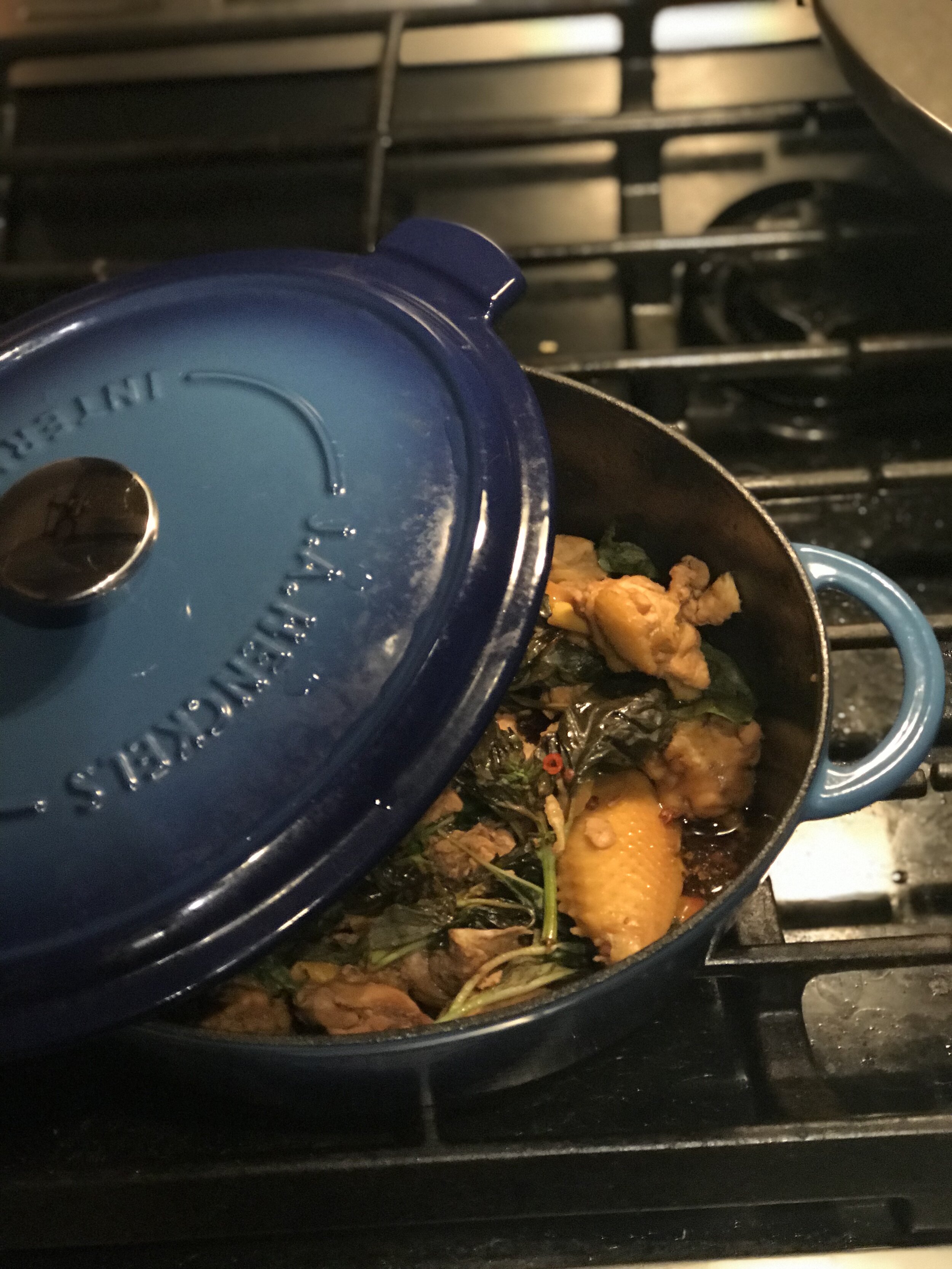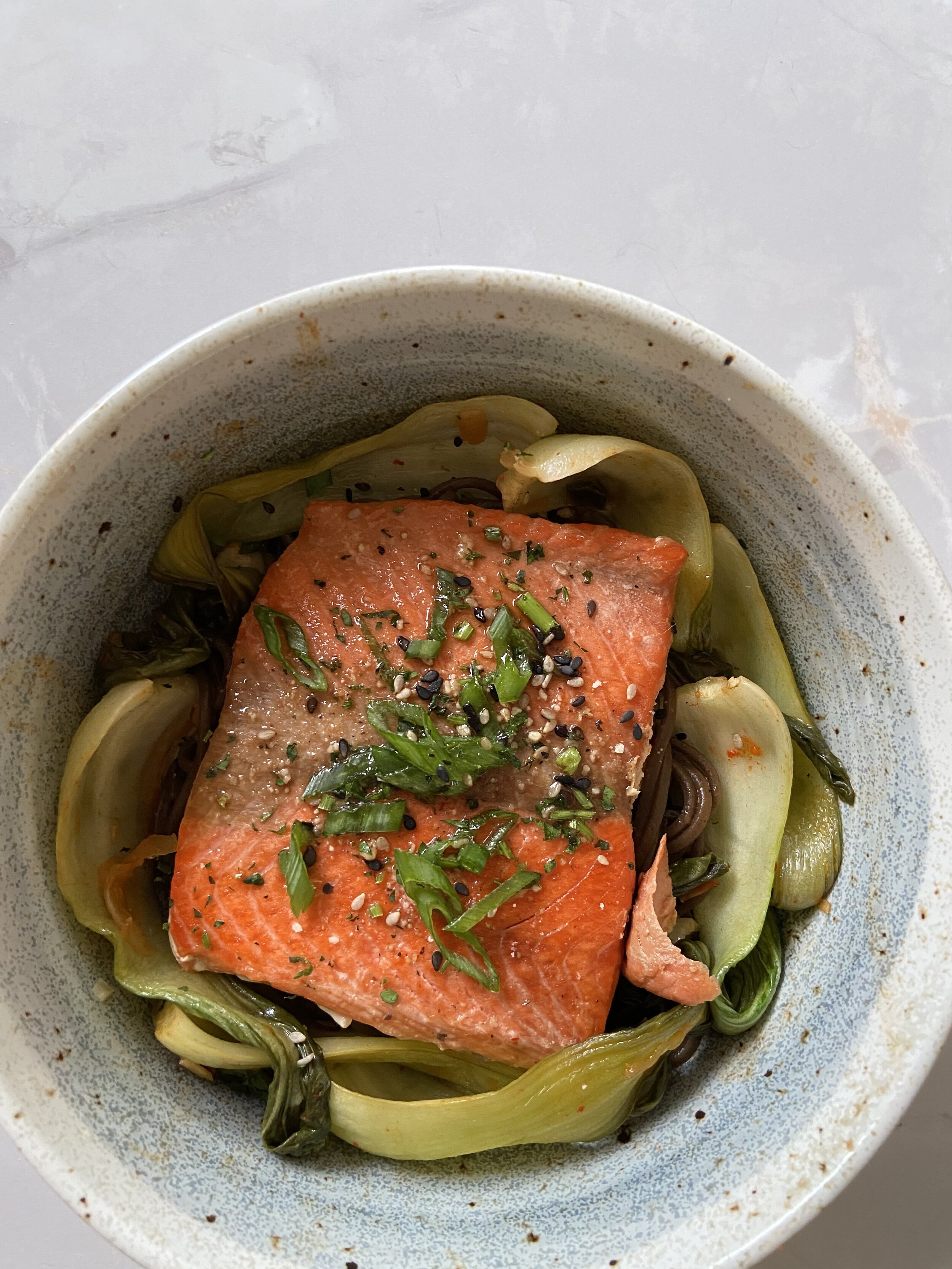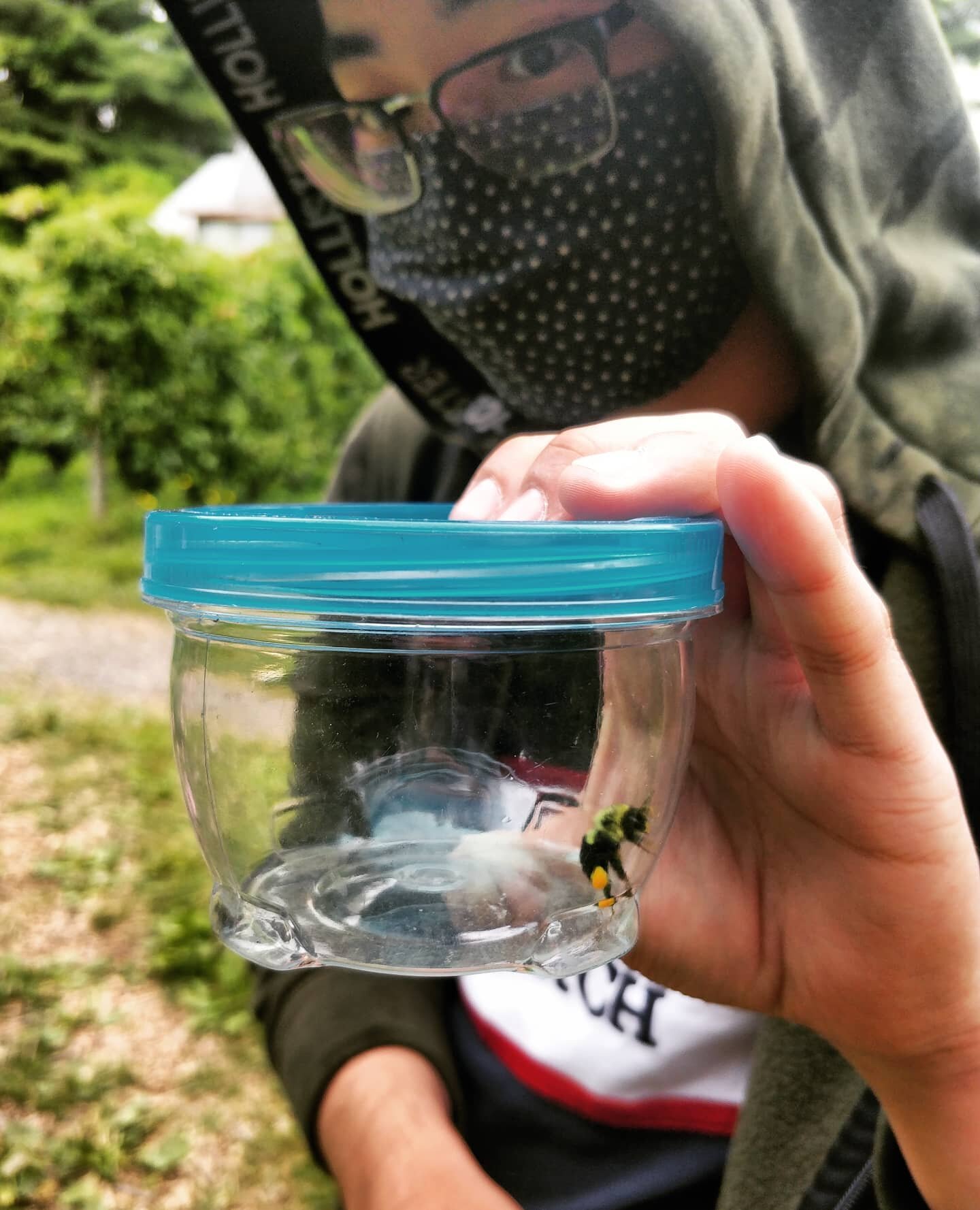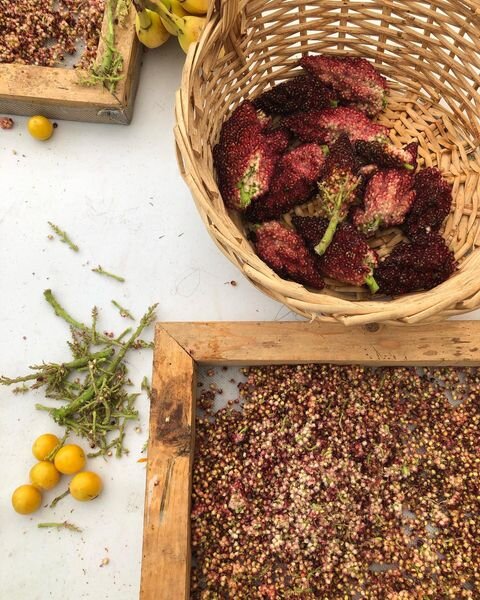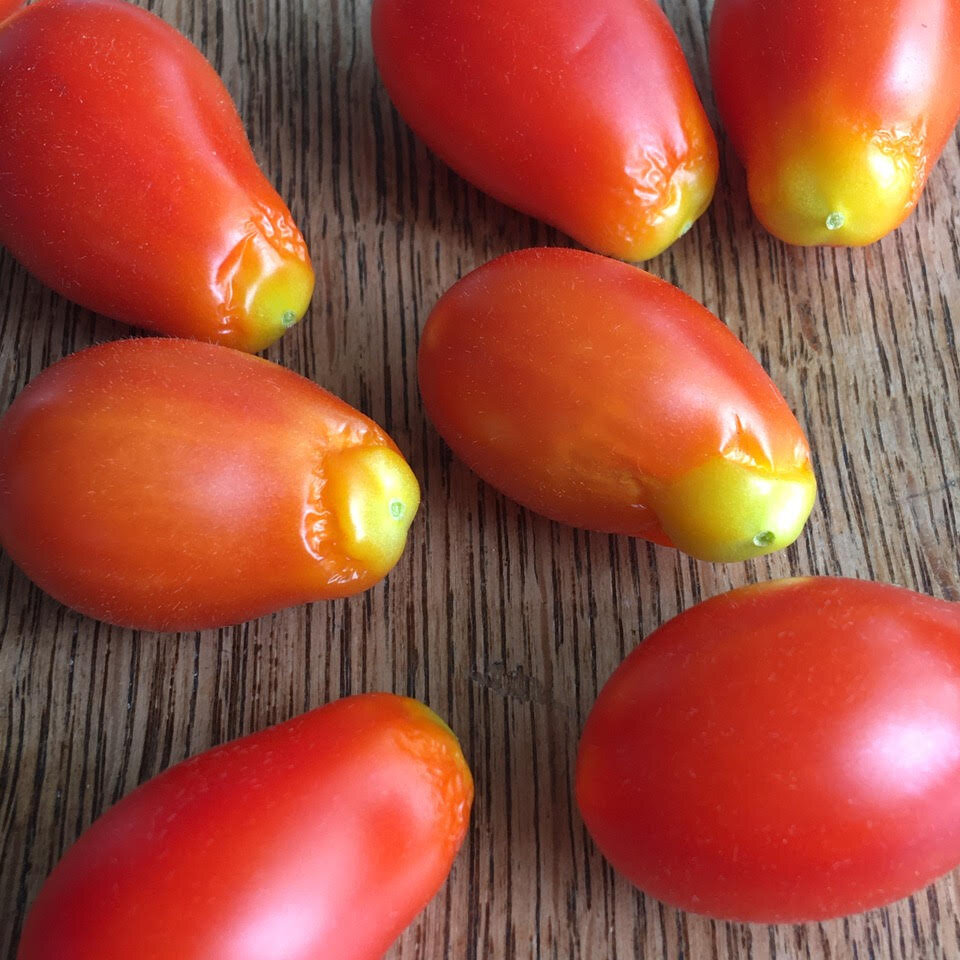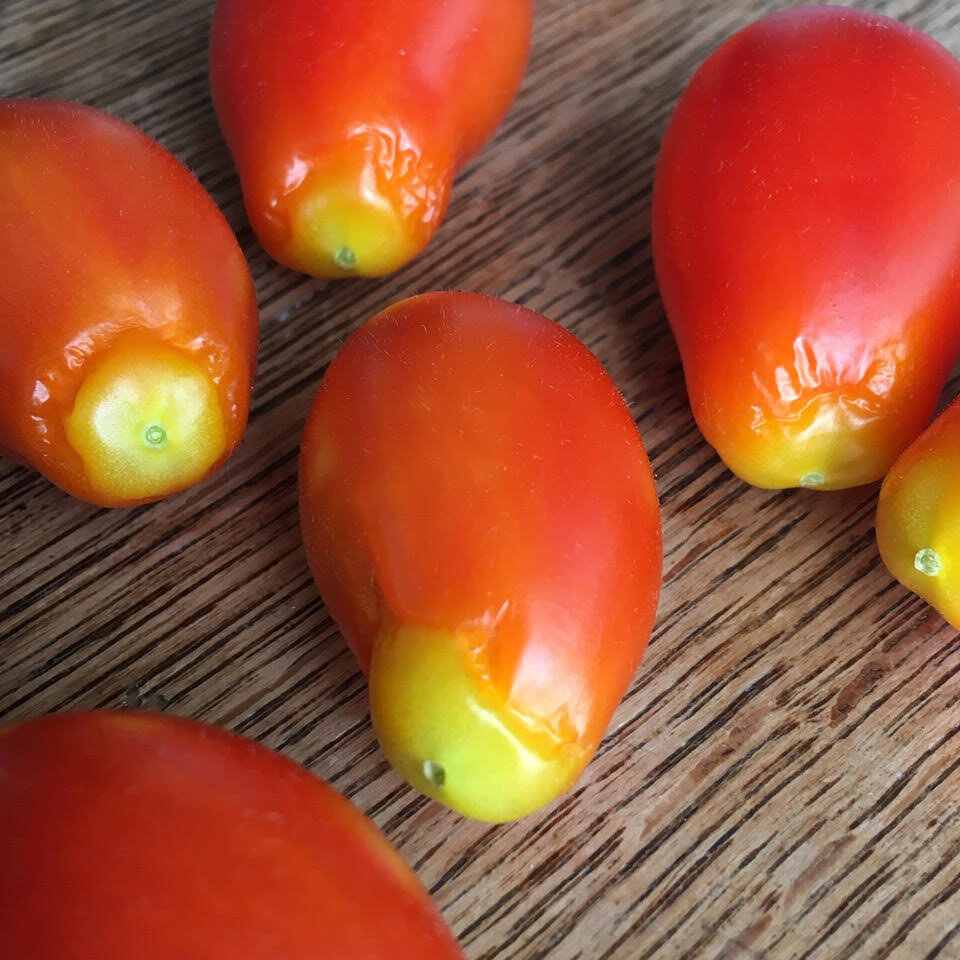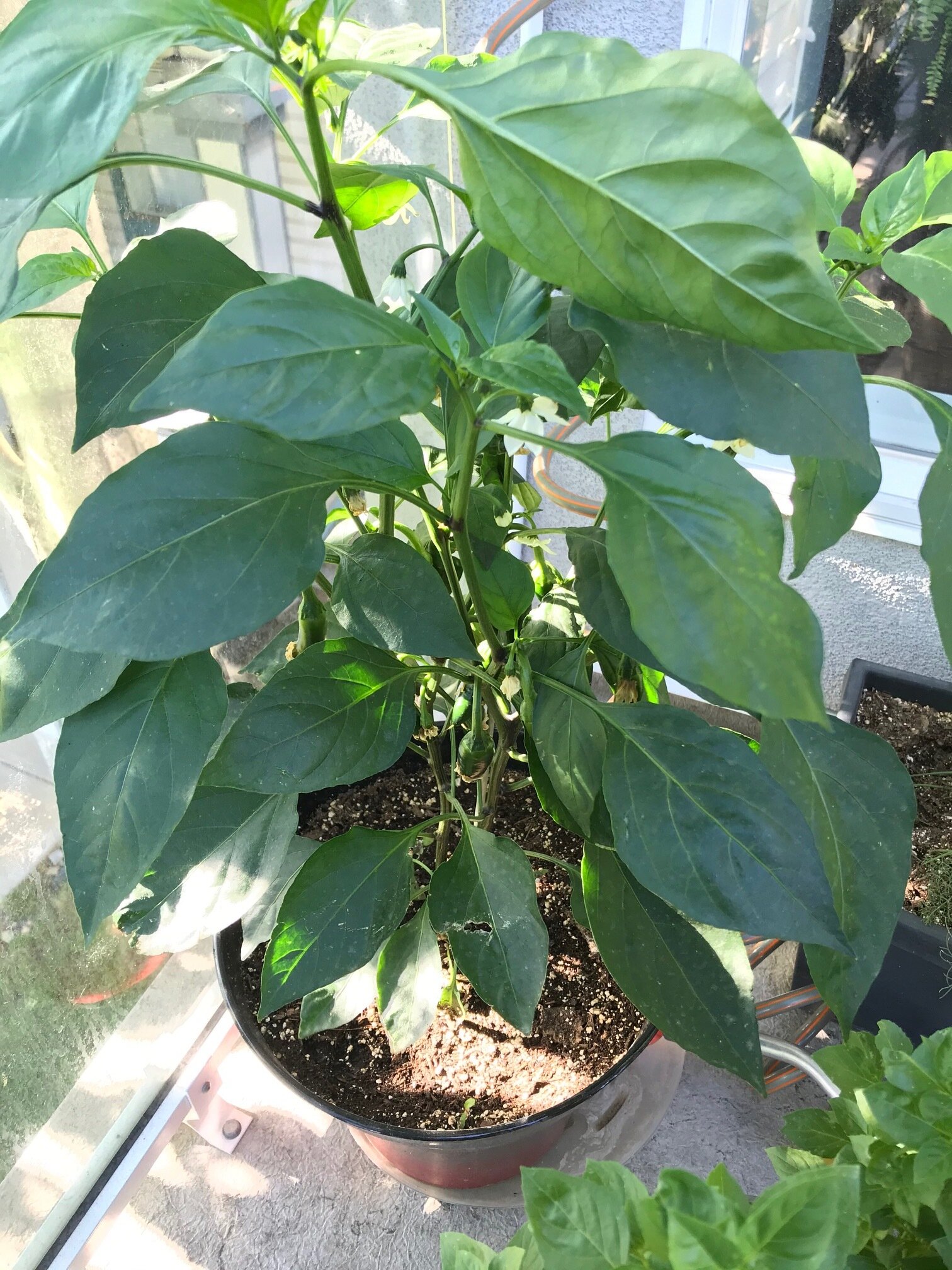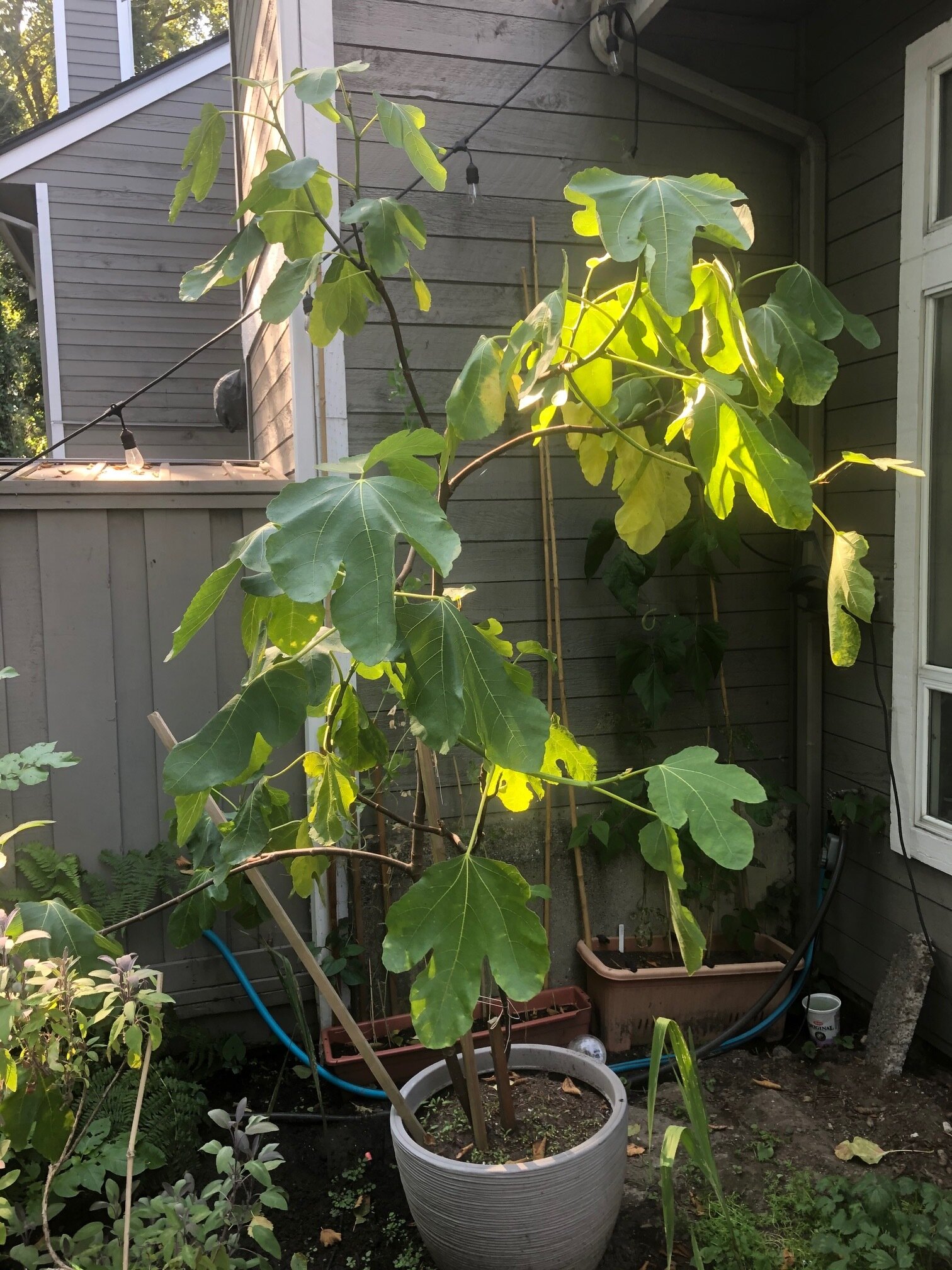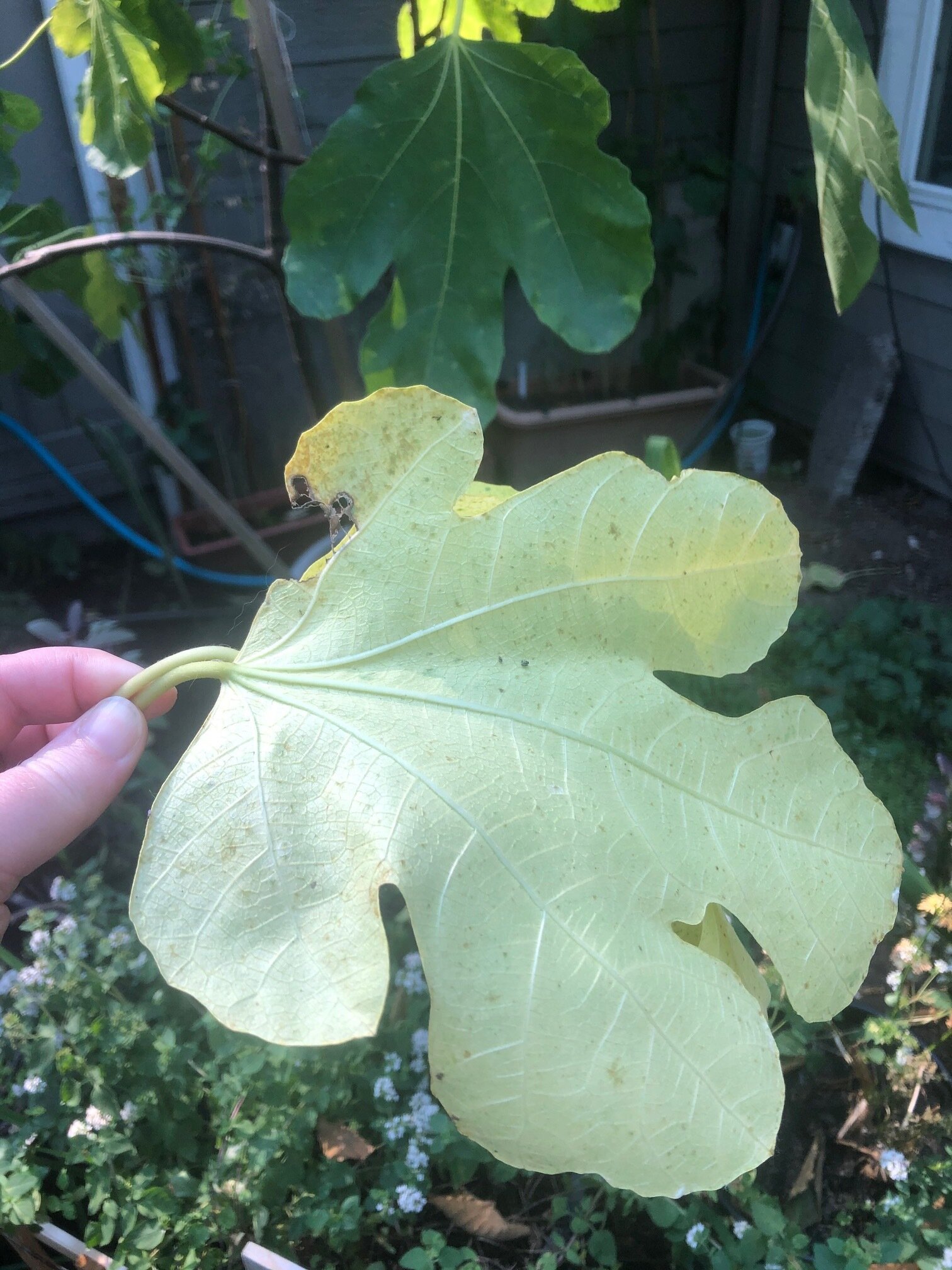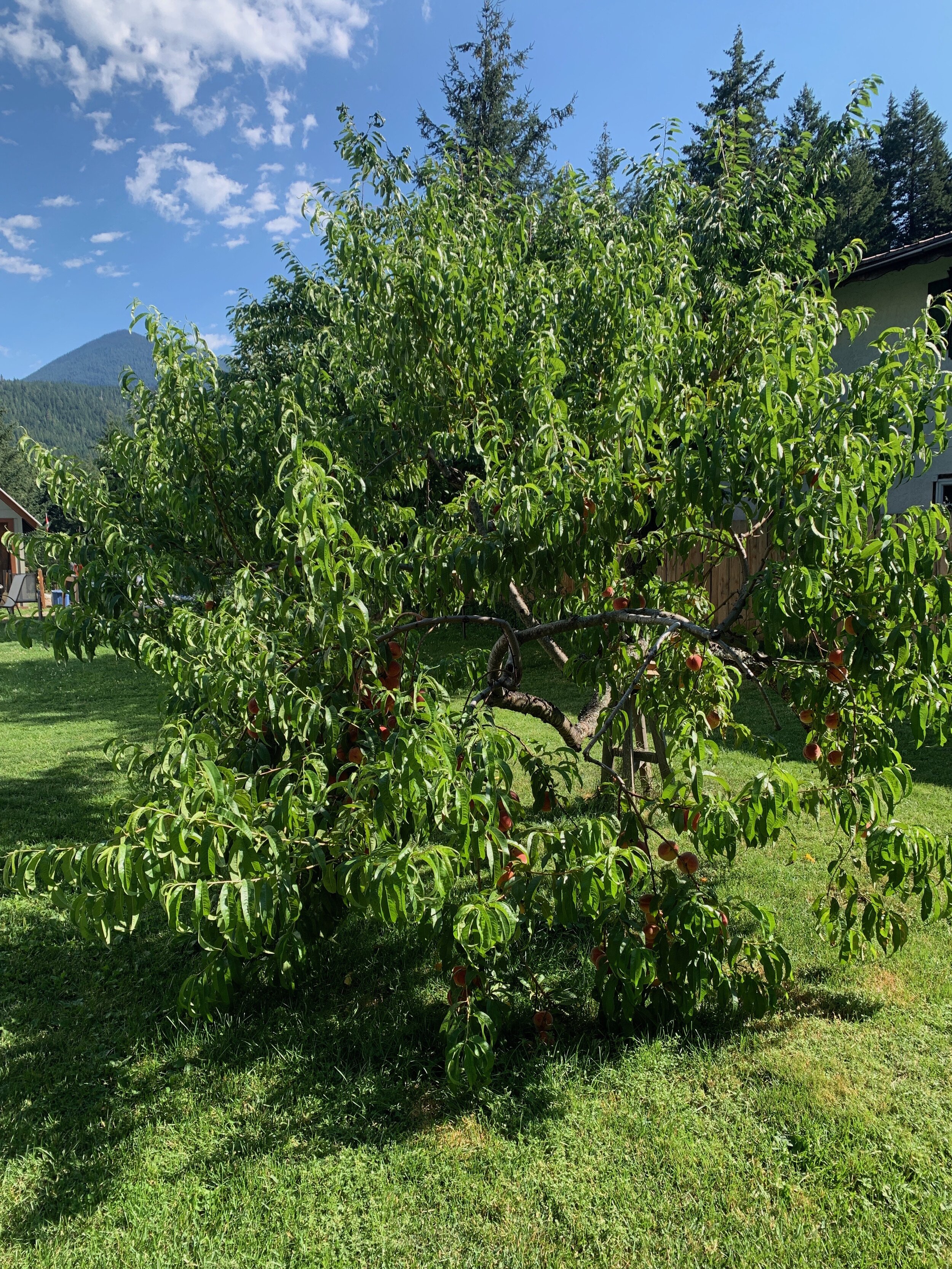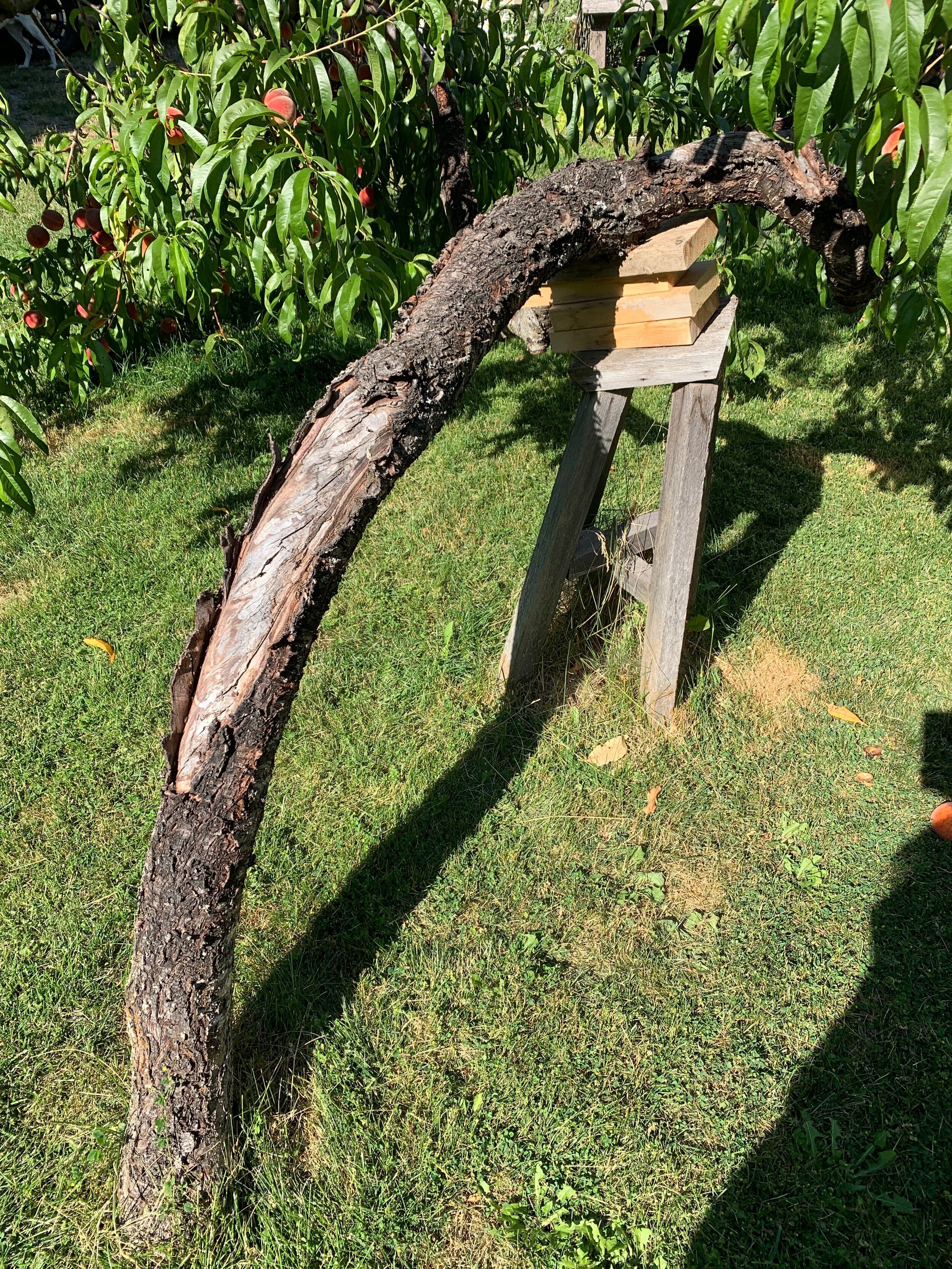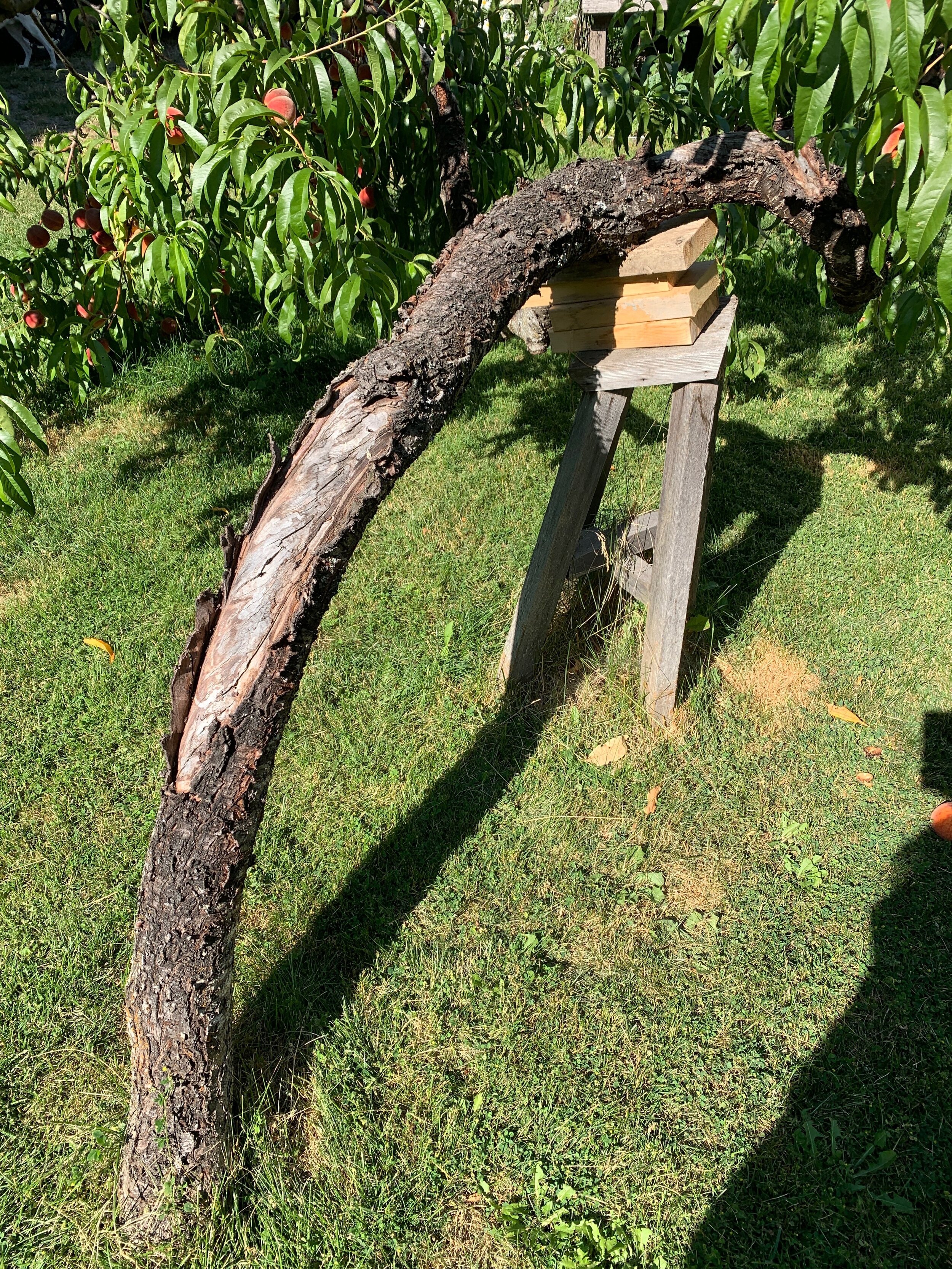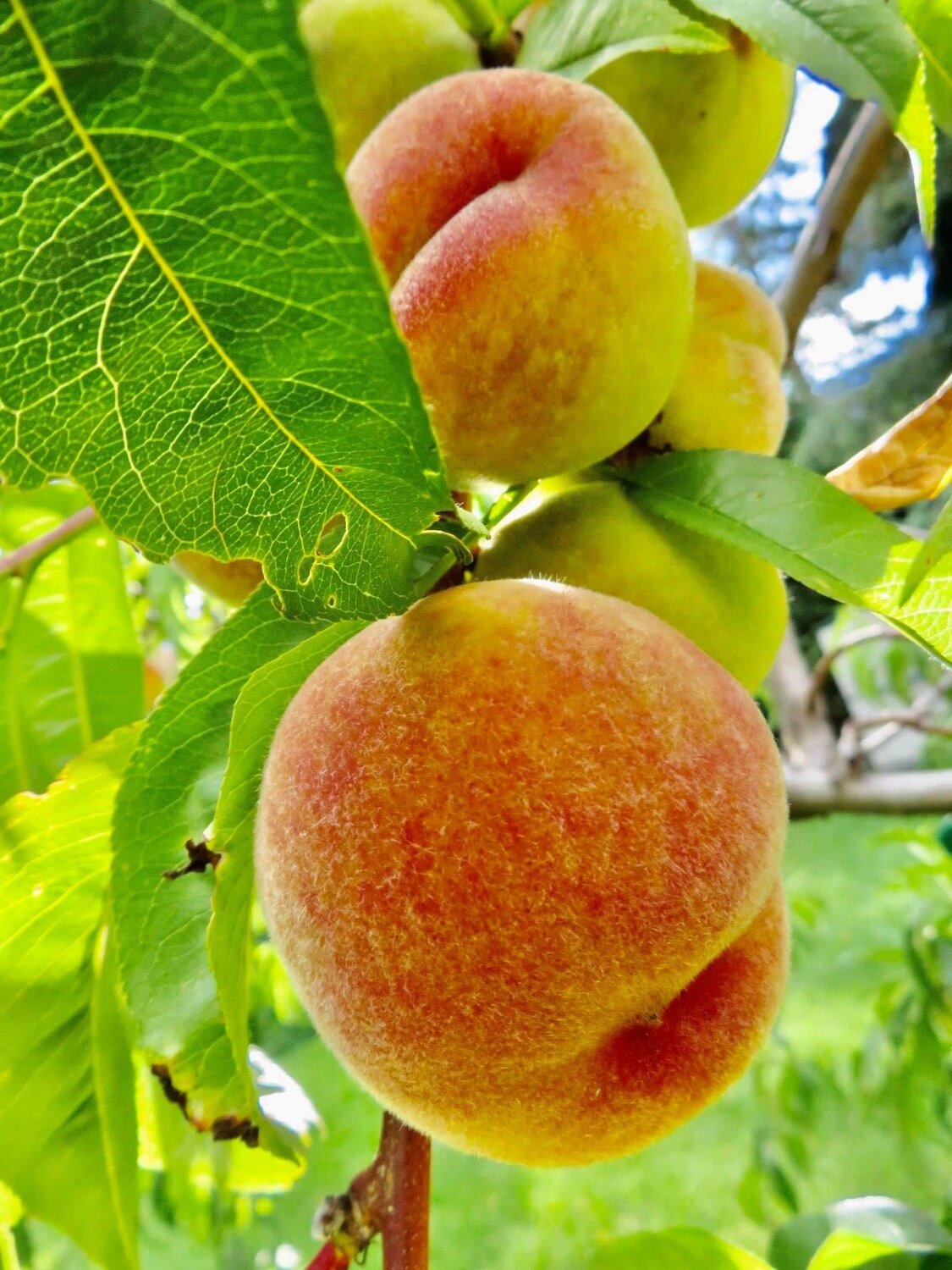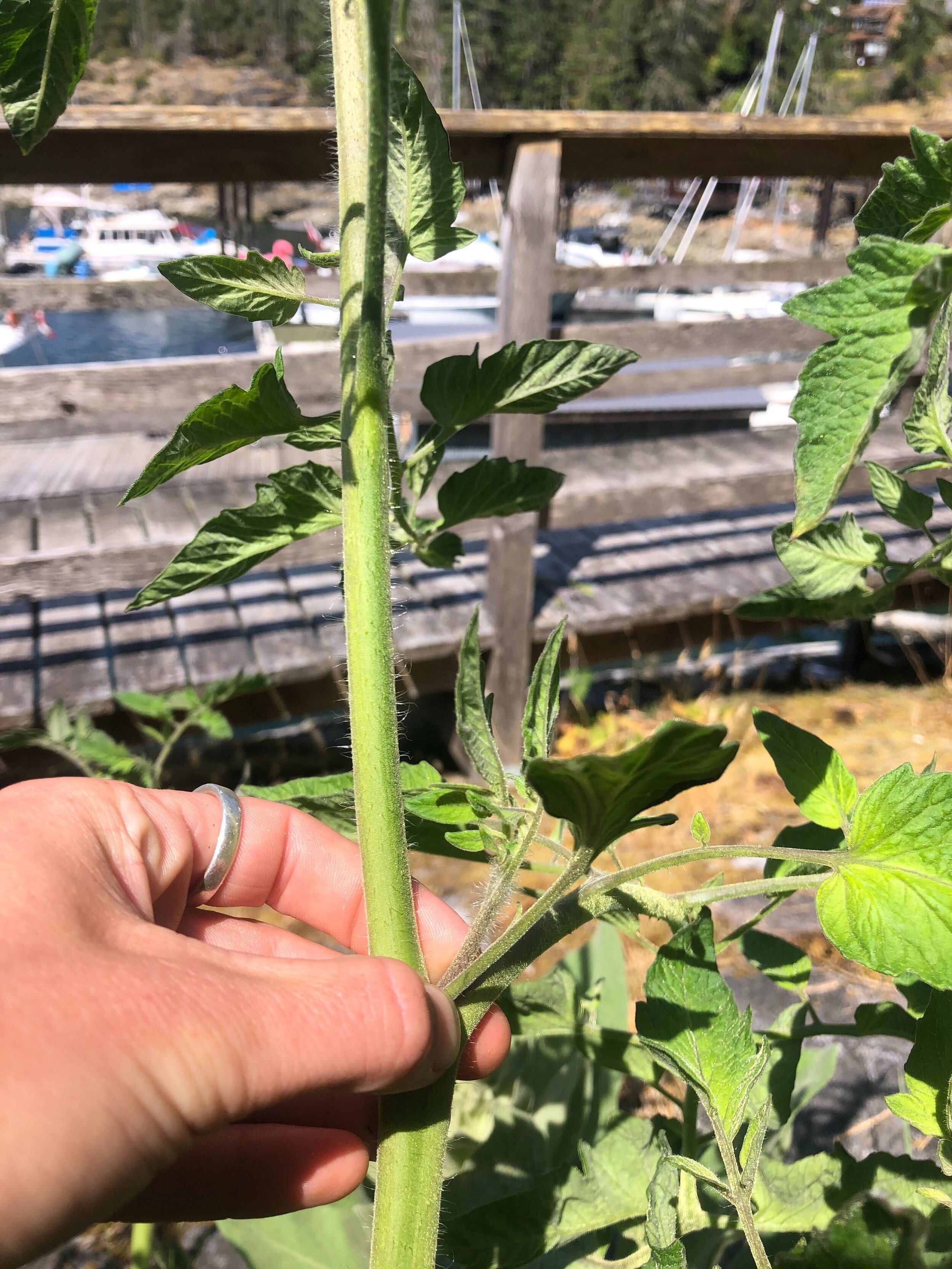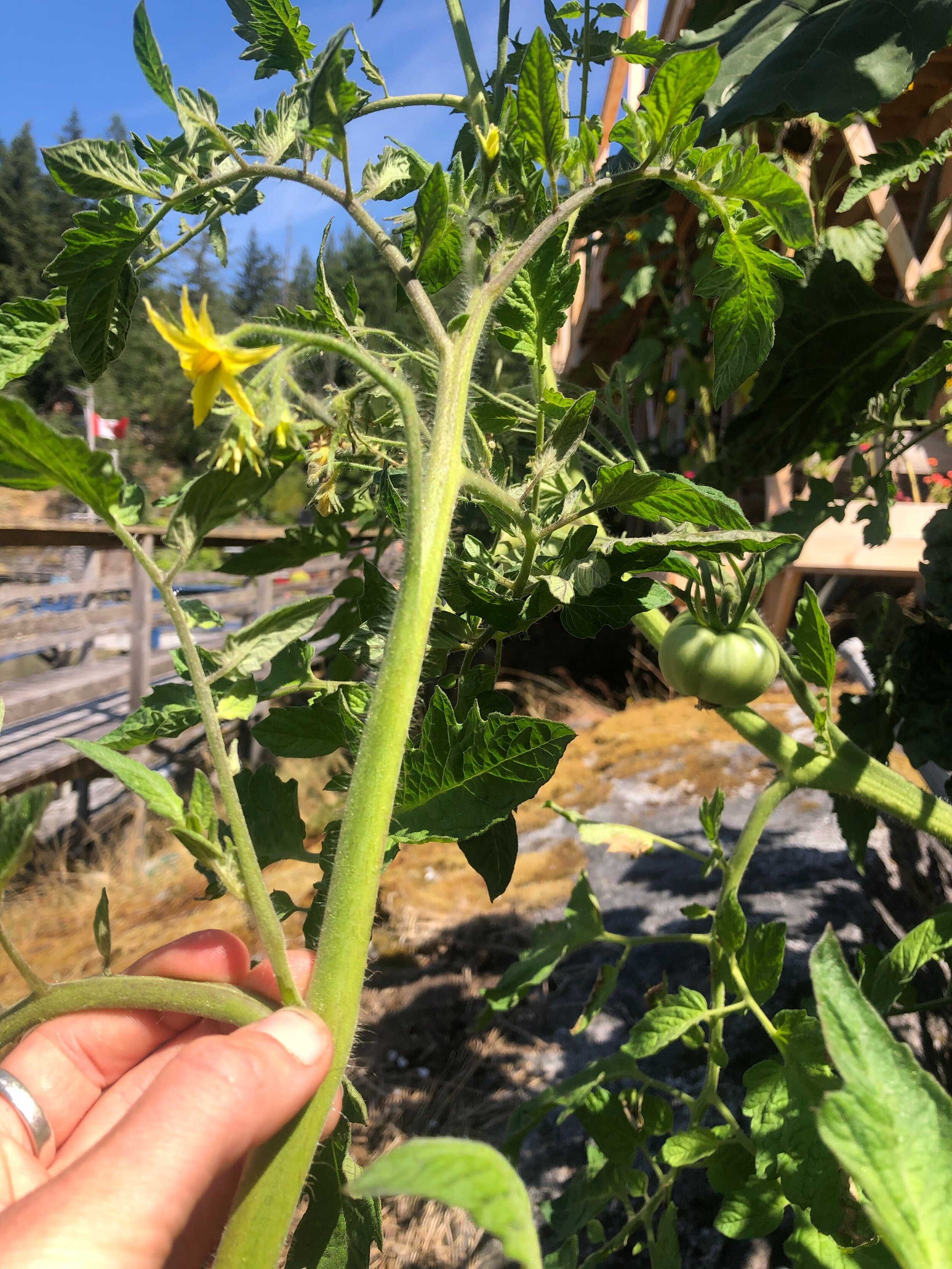Hello! I’m Darian Leung, and I’m lucky to be joining Growing Chefs during these unprecedented times as a student intern. Food is inseparable to my life, as it is one of my primary sources of joy, fulfilment, and connection to others. By utilizing food as a catalyst to my personal growth, this interconnected building block makes me excited to be working with Growing Chefs, as I can educate and reconnect communities through food literacy and healthy eating initiatives.
Frankly, I am not shy about cooking and the culinary scene. Before deciding to study Human Resource Management at York University, I wanted to be a chef and food educator. With ties to the culinary arts, I never gave up my passion and interest in cooking. I even worked at a seafood restaurant in the West End of Vancouver as a prep cook for two months to gain a new perspective as a chef, and to keep my food skills and knowledge fresh. Although adventurous with my cooking, I remain grounded in experimenting with Asian cuisine due to comfort and familiarity. I like to relay back to my culture as the main focus and inspiration to my food creations. As long as I can make good food and share it with others, food origins are not strict and vital to me, since my ultimate goal is to unite people with my food! I believe food is a universal language meant to create new relationships and memories, which I strive to foster within my projects when thinking about food accessibility issues in a communal context.
My internship with Growing Chefs is through the work placement component of the Roots & Shoots Program at the Environmental Youth Alliance this summer. Through the initial land-based part of this internship, I learned and embraced a more inclusive and adaptive mentality as I worked and collaborated with peers and community partners in the East Vancouver area. I became immersed in environmental knowledge and cultural teachings such as harvesting, processing, landscaping, and other horticultural mediums of Indigenous Peoples. This uplifting work experience at EYA allowed me to see a bigger picture outside of colonialistic beliefs. If my nerves die down, I would be thrilled to design an interactive lesson plan and workshop encompassing my Asian background or Indigenous based plant practices learnt from EYA to encourage new food wisdom and diversity in the Growing Chefs community.
Besides eating and cooking new food, you can find me sheltered away behind the computer screens watching food review vlogs on Youtube, and spending time with my sister’s cats, Luna and Nova.



